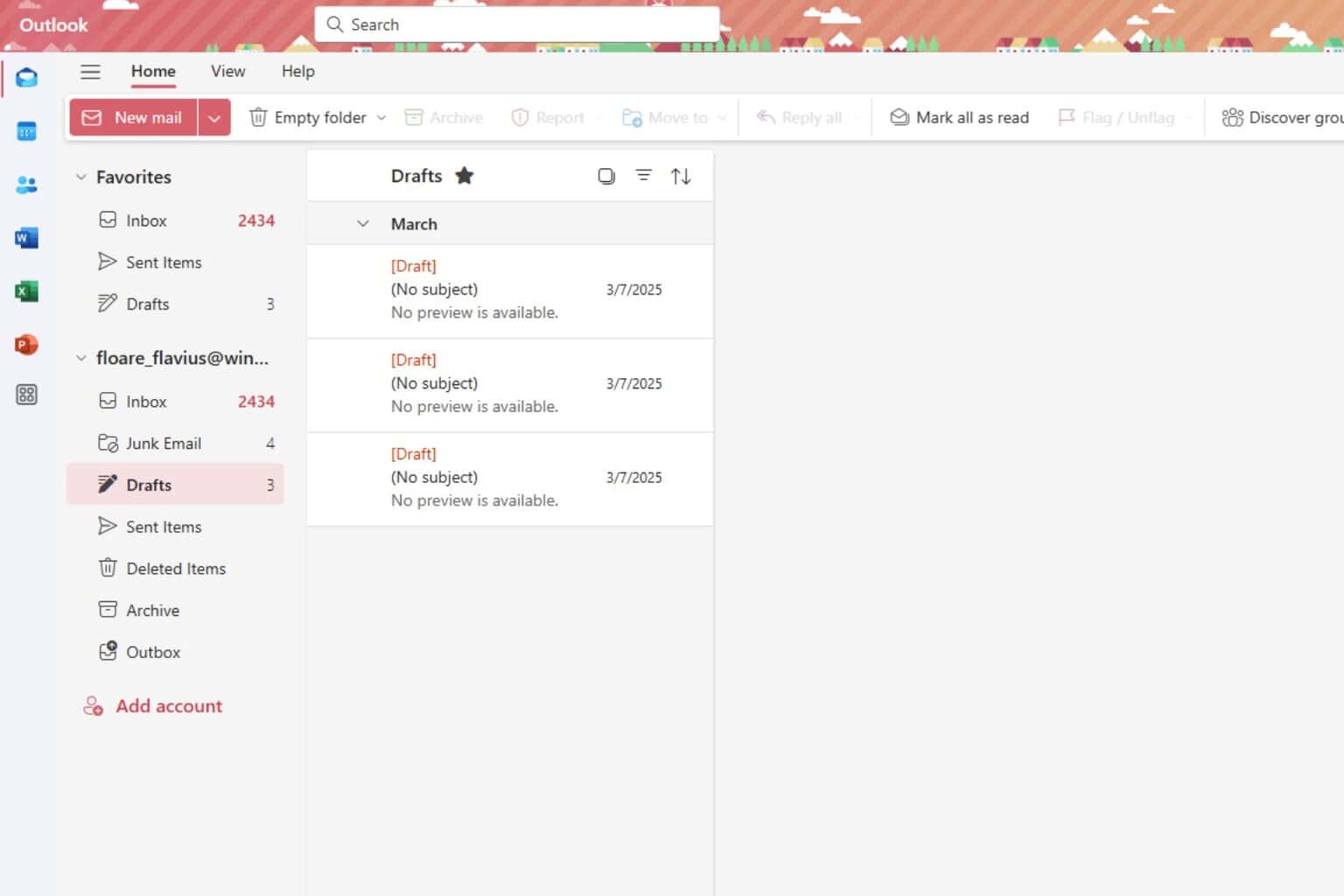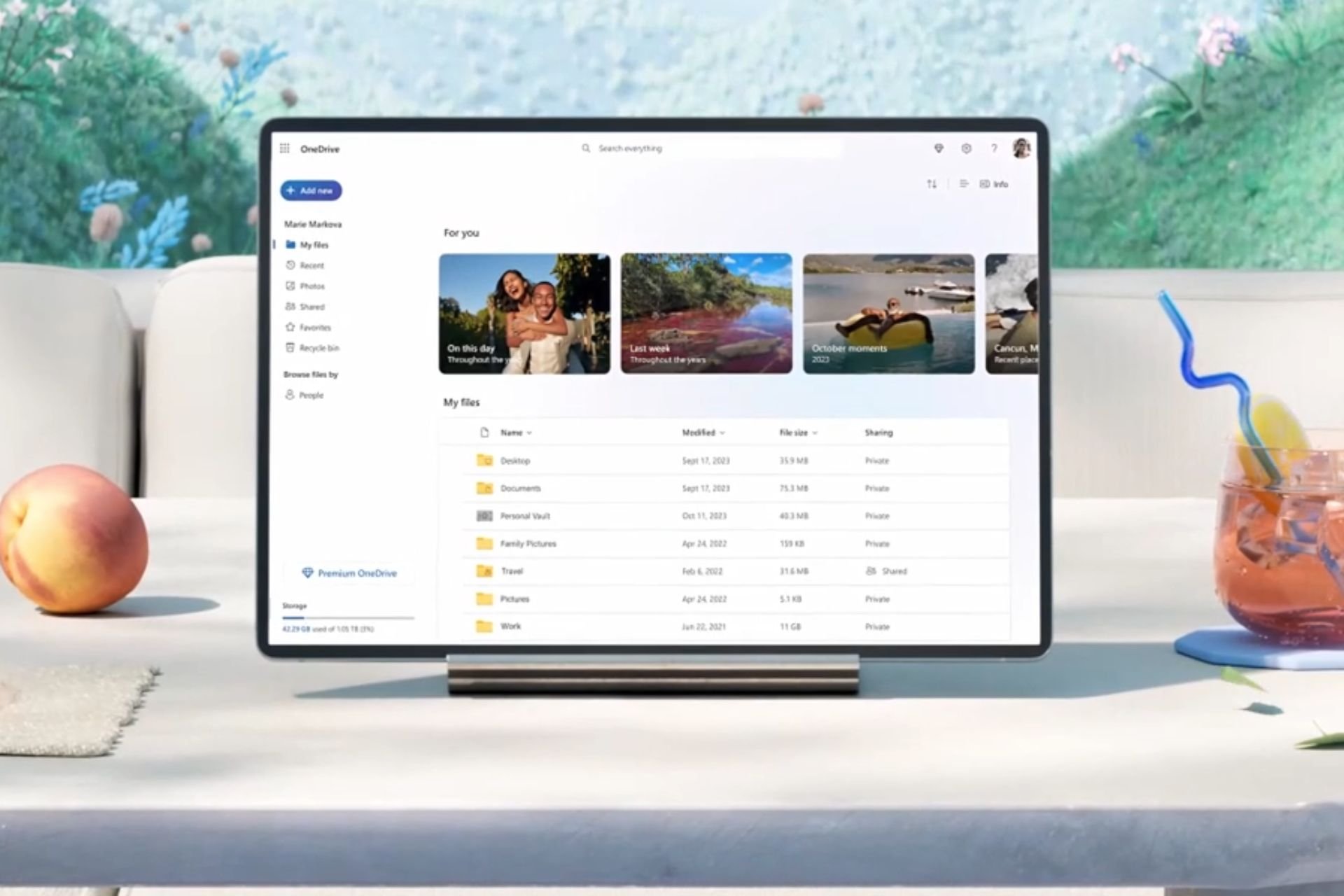Distinguish between the real and the AI with the new Microsoft-backed Real or Not quiz
You can endlessly refresh the game.
2 min. read
Published on
Read our disclosure page to find out how can you help Windows Report sustain the editorial team. Read more

The line between reality and digital fabrication is increasingly blurred, and Microsoft’s President, Brad Smith, decided to show us how confusing it can be to distinguish between the real and the AI-generated non-real. How?
A website named Real or Not challenges visitors to discern the authenticity of various images. It’s a clever quiz that presents you with 15 pictures and asks you to judge whether each is “Real” or “Artificial.” When you finish the game, the site will score you, and you better score high, or else…
… you can always try again. The site encourages you to try again with a fresh batch of images, pushing you to improve your detection skills.
The intrigue doesn’t stop there. Smith’s promotion of this website raises questions about its ownership and Microsoft’s involvement, which remains a mystery.
This move follows a Microsoft report highlighting the perils of “deepfake” AI imagery, which has garnered significant attention due to its implications for misinformation and online safety. The urgency of addressing this issue is echoed in Smith’s call for a collaborative effort between the public and private sectors to establish regulatory frameworks and policies that foster responsible AI development and usage.
This initiative comes in the wake of viral deepfake images of pop star Taylor Swift, which sparked controversy and debate over the ethical use of AI in creating convincing yet false representations of individuals.
Despite accusations, Microsoft clarified that its Designer AI image creator was not used to generate these images.
Brad Smith’s efforts to promote the Real or Not quiz are more than just a campaign against digital deceit; they are a call to action for all of us to become more discerning consumers of content in an age where seeing shouldn’t always be believing.
You can test your detecting skills here. Or you can always practice them.








User forum
0 messages